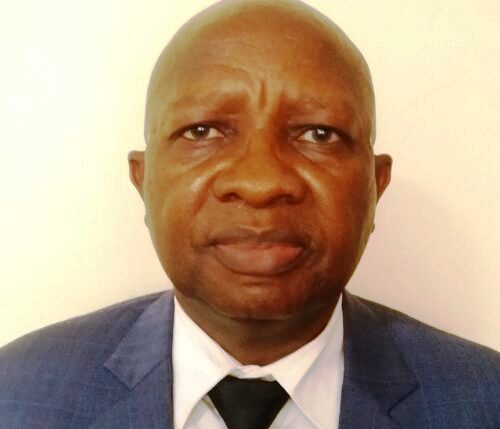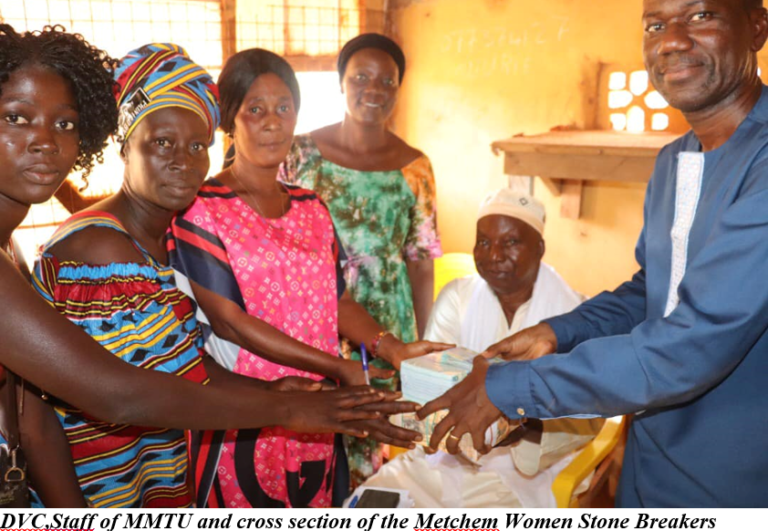By Francis F. M. Harding
As Audrey Hegbura once said “Water is life, and clean water means health.” The Sustainable Development Goals were born at the United Nations conference on sustainable development in Rio de Janeiro in 2012, with the objective to produce a set of universal goals that meet the urgent environmental, political and economic challenges facing the world. The Sustainable Development Goals (SDGs) replace the Millennium Development Goals (MDGs), which started a global effort in 2000 to tackle the indignity of poverty and these goals are set after every 15 years. Access to safe water is human rights, as well as a key instrument of sustainable human development. Goal 6 of the Sustainable Development Goals is talking of clean water and sanitation and the aims is to ensure availability and sustainable of water for all. Water and sanitation are critical to the health of people and planet. Goal 6 is not only addresses the issues relating to drinking water, sanitation and hygiene (WASH), but also the quality and sustainability of water resources.
According to the United Nations, Sierra Leone is one of the world’s poorest countries. Sierra Leone is faced with coupled and a rapidly expanding population, especially in the western urban. The population relied on pipe borne water in Freetown, and Freetown is served by Guma Valley Water Company, which was created in the 1960s after independence and originally designed to reach a population of 450,000 and today, the population serviced by Guma Valley Water Company has reached approximately 772,873.
Water is life is a cliché that has been around for a very long time. Countries that are prone to seasonal drought may have a deeper understanding of water and life than people in countries where access to water is no problem. A school child in Britain who has pipe borne water in his/her classroom may hardly get an opportunity to pounder why water is life.
Sierra Leone is bounded by the Atlantic Ocean in the west, has several rivers, and one of the highest annual rainfalls in West Africa. In terms of nature’s water endowment, Sierra Leone should say hosanna! But sadly, the situation for vast majority of people on the reflects a line in one Bob Marley song: “In the abundance of water the fool is thirsty.” The people are not fools; but the majority of them lack safe drinking water.
In the tries area of Freetown, the west, central and the east there are many houses who don’t have no network coverage, thought water flows in some part of the day for some areas, pressure is lower as compared to that in the night with rationing of water. In some area one day in, others two days in and out. Guma Valley place wrong placement of pipes by personnel and other non-official plumbers usually on the surface of the soil where then are easily tempered with is common in Freetown. In most cases soil erosion has exposed Guma pipes, and this will create avenues for illicit connections and damage of pipes by traffic and vandalism by poachers, who cut pipes at night to access water, which is responsible for the huge amount of loss.
The most common coping mechanism with inadequate water coverage has been through digging wells, buying water from vendors, and natural springs is the other of the day in Freetown, but how many Sierra Leonean can afford to buy natural springs water. As water should be accessible, affordable and reliable to its citizens. It is often difficult to see how the provision of water services affect employment. However, it is worth mentioning that portion of children have sought themselves some form of employment by fetching water in jerry cans for a maximum fee of two Leone , (Le2) and, five Leone (Le5), and most households rely on buying water from vendors when their source of water becomes problematic.
This is very serious and has obvious implications for their education, healthy development and growth as children. Lack of access to safe drinking water increases the burden of care on women as they are the home giver and limit their chances of seeking employment. The responsibility for fetching water obviously rests with a varied number of categories of actors or actress that range from girls, boys and women. Change in water colour is considered as a source of disease and low quality of water.
The existing of water supply scarcity in Freetown, regular use is made of alternative water sources that are not responsibility of, or under the control of, Guma. Contamination of these water sources is a common problem for the populated small in lakes and streams all over the Peninsula Mountains. If we can remembered such contamination can be very serious and has resulted in the past in death from water borne diseases, as was in the case in August and September 2004 and in August 2012 when there was an outbreak of cholera. Many schools have no water supply for the better part of the school year even though schools are connected to the water supply grid and water is considers to the delivery of water to school as priority.
In some communities children walk on every morning before sunrise and spend hours to fine un-clean water for drinking hence this affect their access to education. And in other communities water vendors got up from bed as 1:00 a.m. to search for water, this can cause absence from school and lateness for classes as their first chore is to fetch water before going to school. Though Guma Valley Water Company has monopoly for water supply in greater Freetown and its environs. Guma Valley is effectively collecting very marginal revenue from standpipe users, but is also constrained in an effort to improve or maintain their service delivery and Guma should make every drop count. In conclusion, the people do asking not only where the water is but also who has the responsibility.
Sierra Leone has come a long way since the end of the civil conflict in 2000. Sierra Leone is still bottom of the human development index, with perhaps the worst access to safe water and adequate sanitation in the world. So the decision made now will determine whether or not Sierra Leone will meet the SDGs targets on clean water and sanitation. This is a world where most of us don’t know and how much people live in it, in such hard condition to fine clean and safe water. And yet, it’s the reality for 663 million people around the world lack access to clean water and estimated 1,375 people die every day as a result of contaminated water! You and I got lucky.













